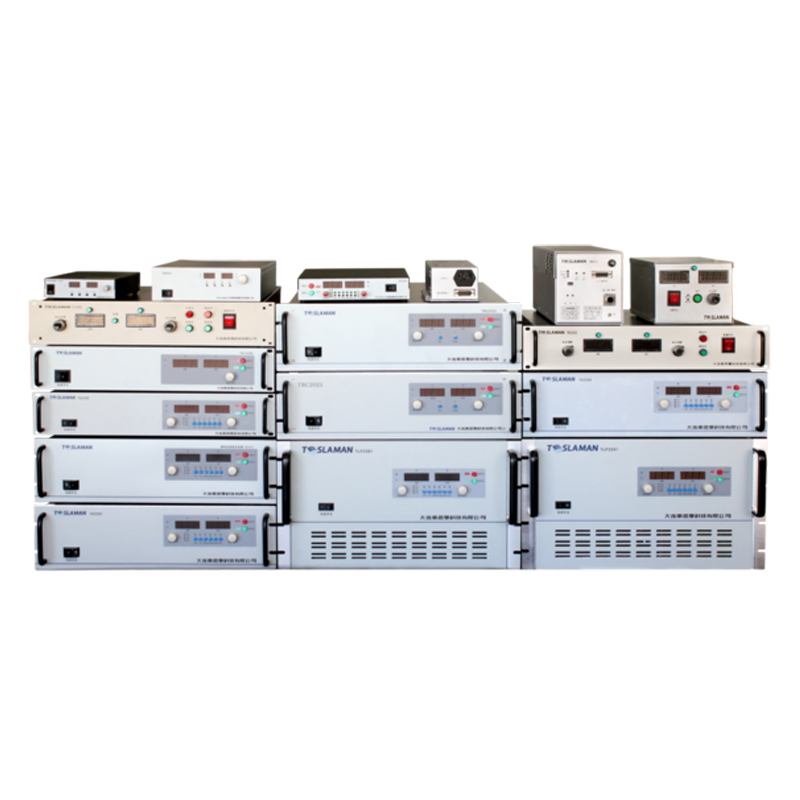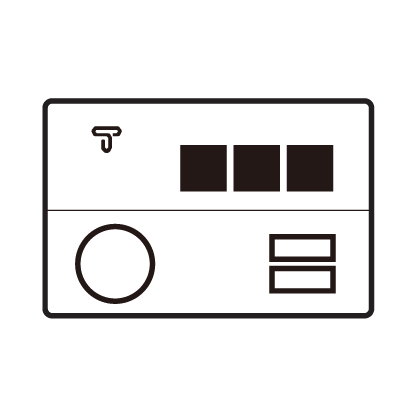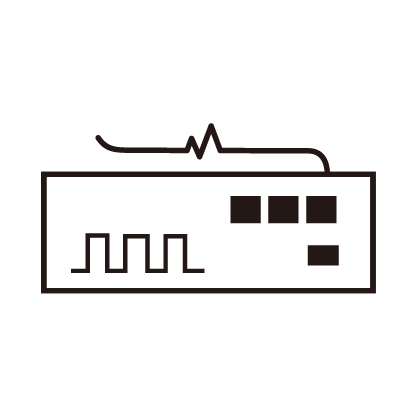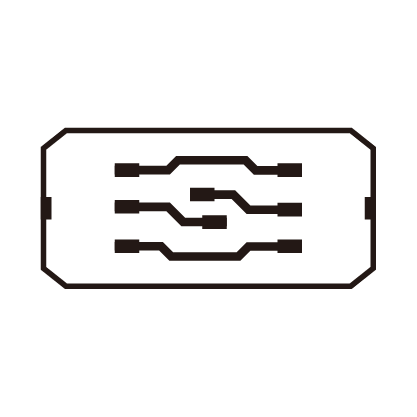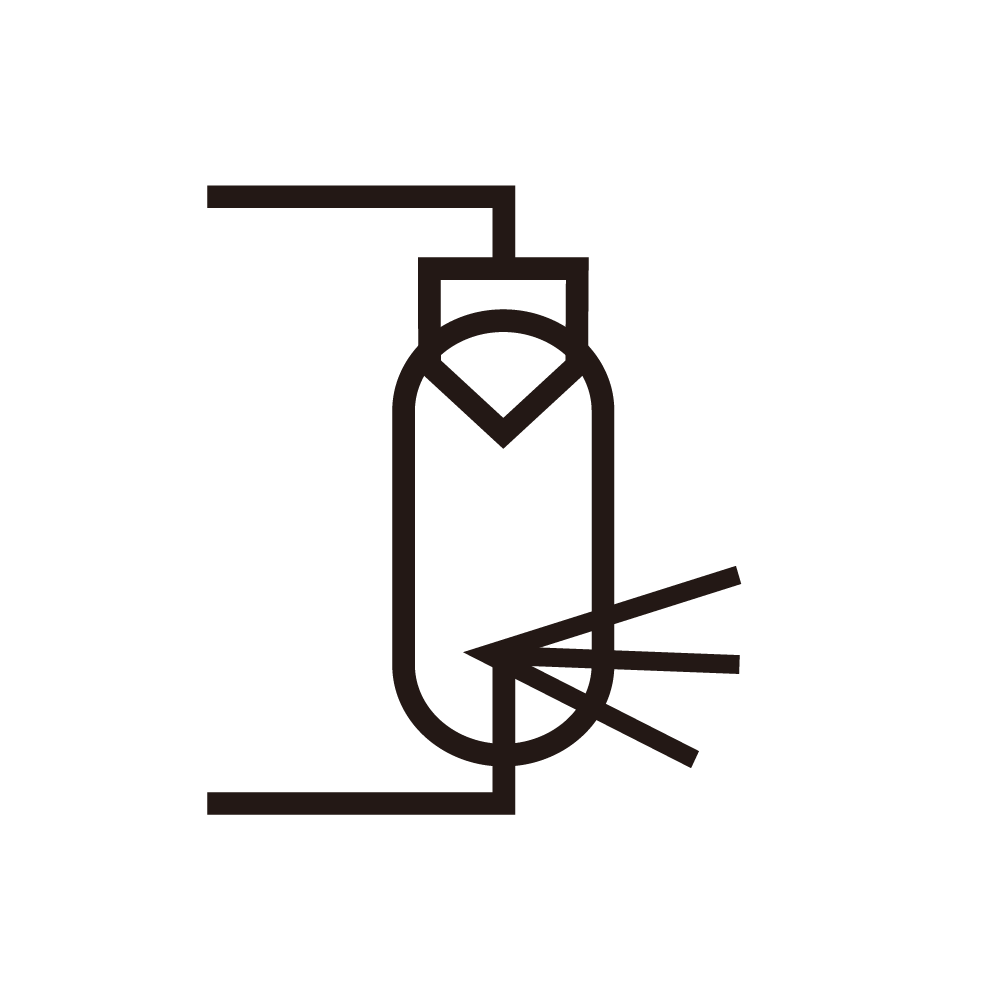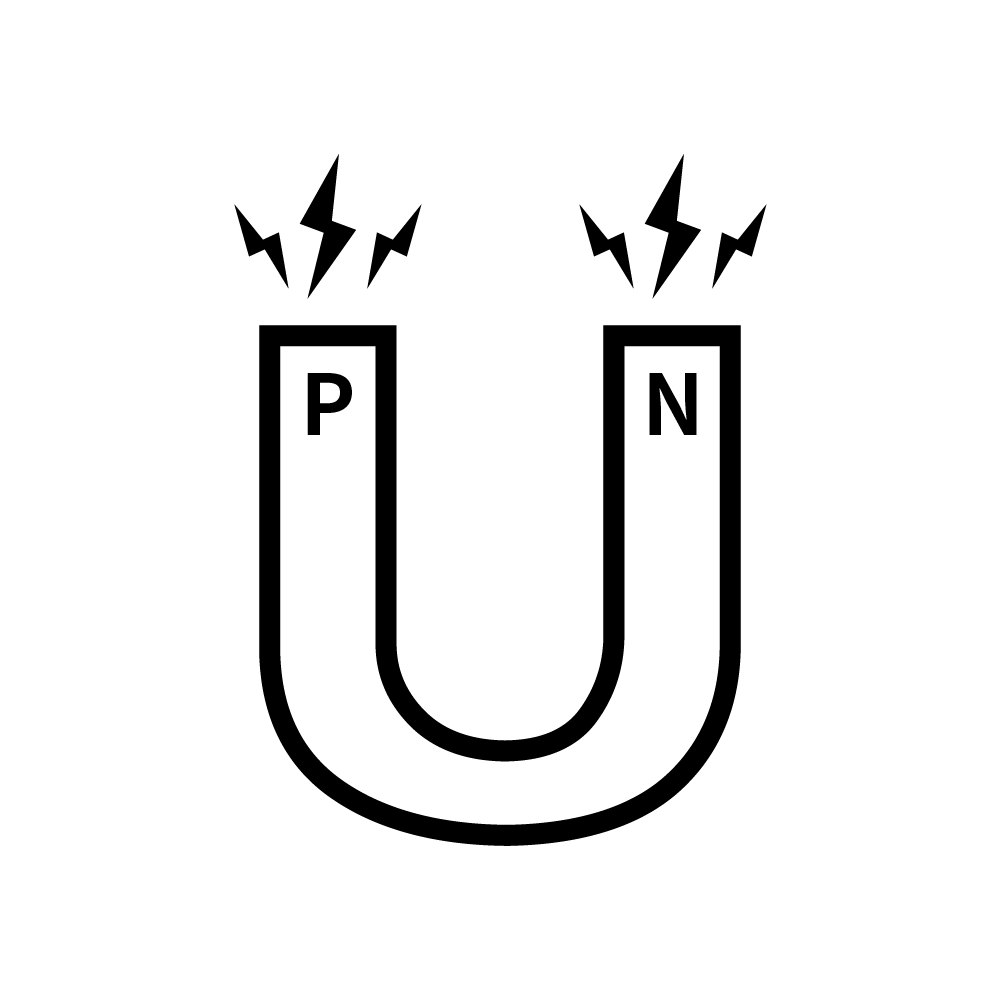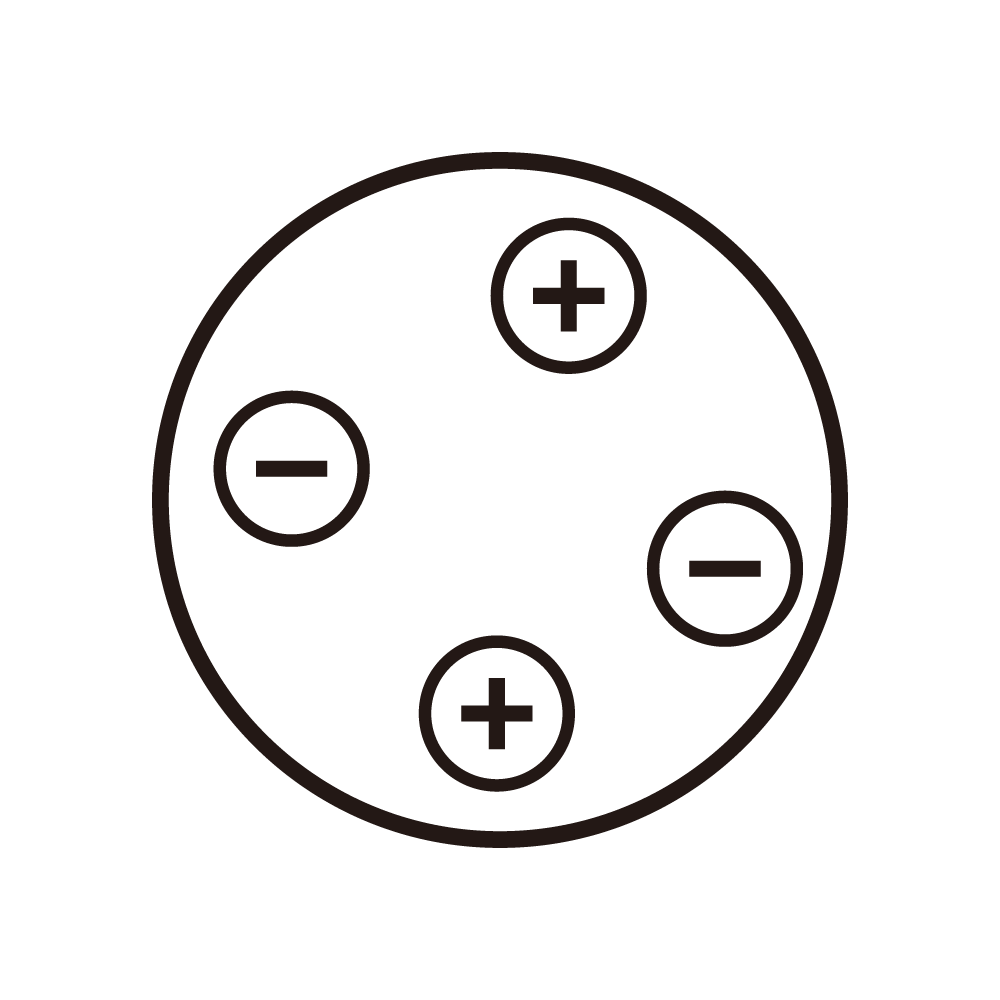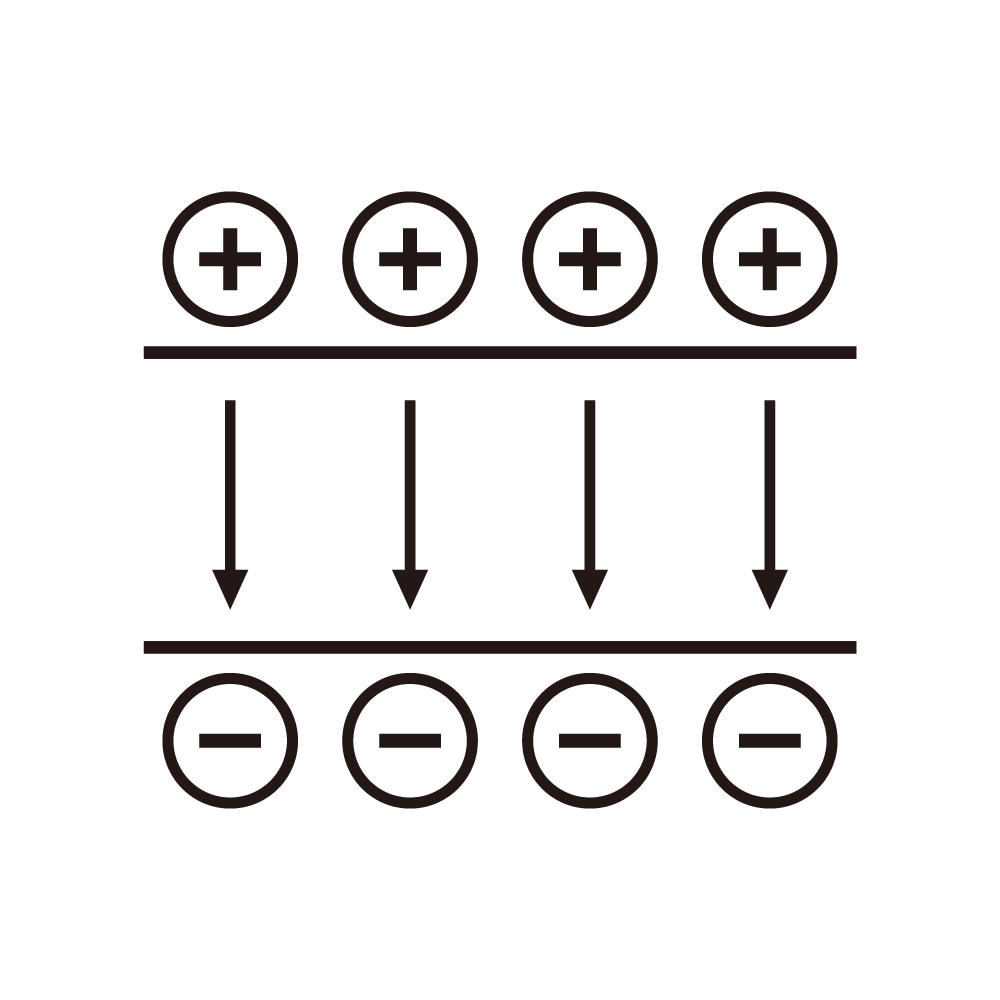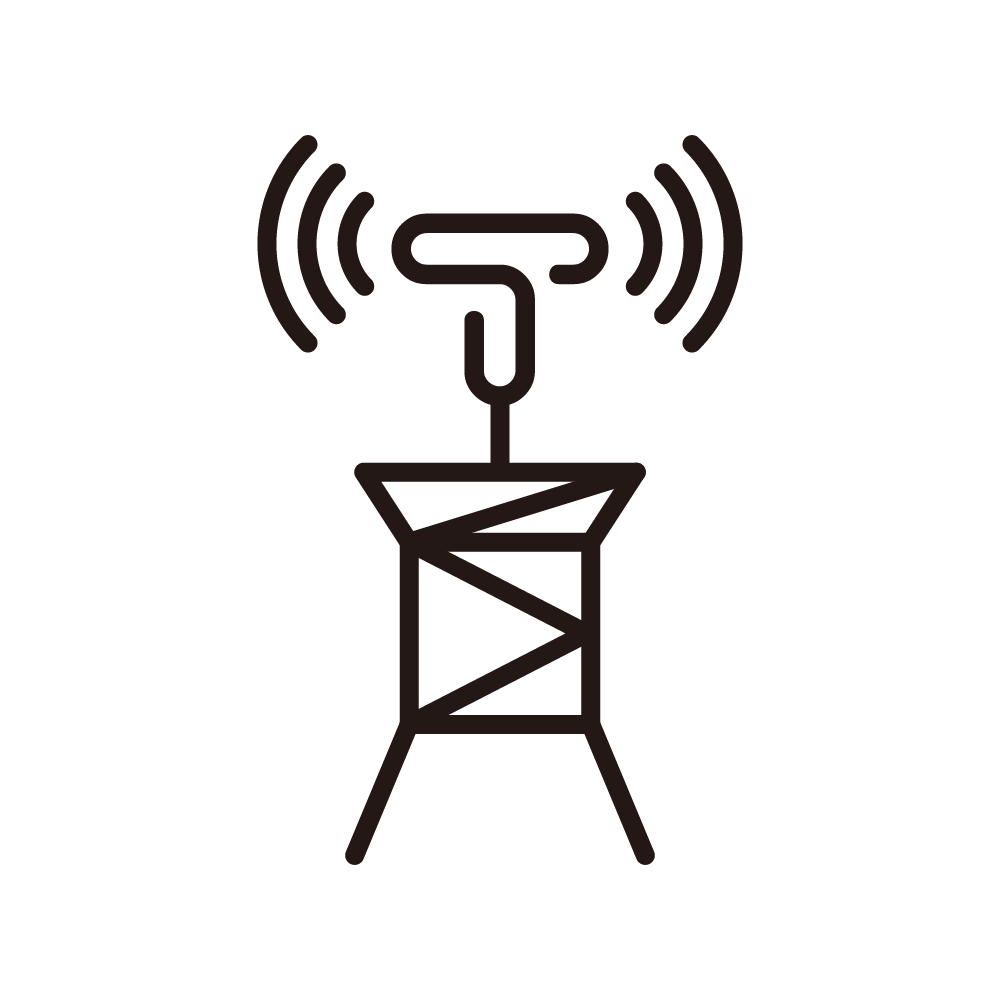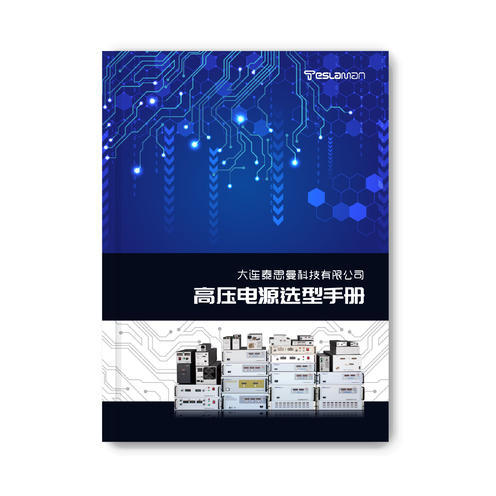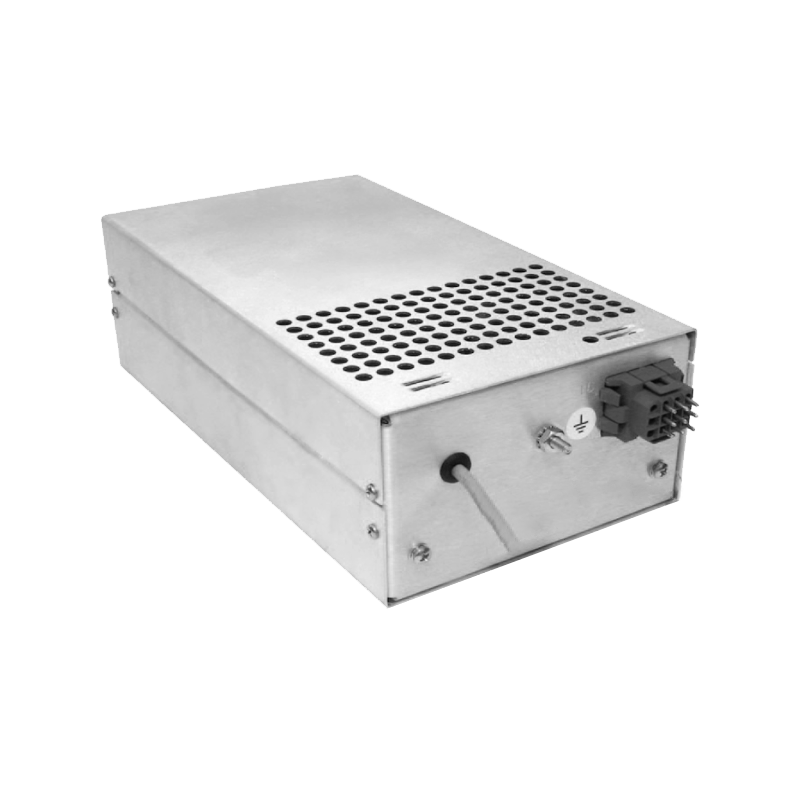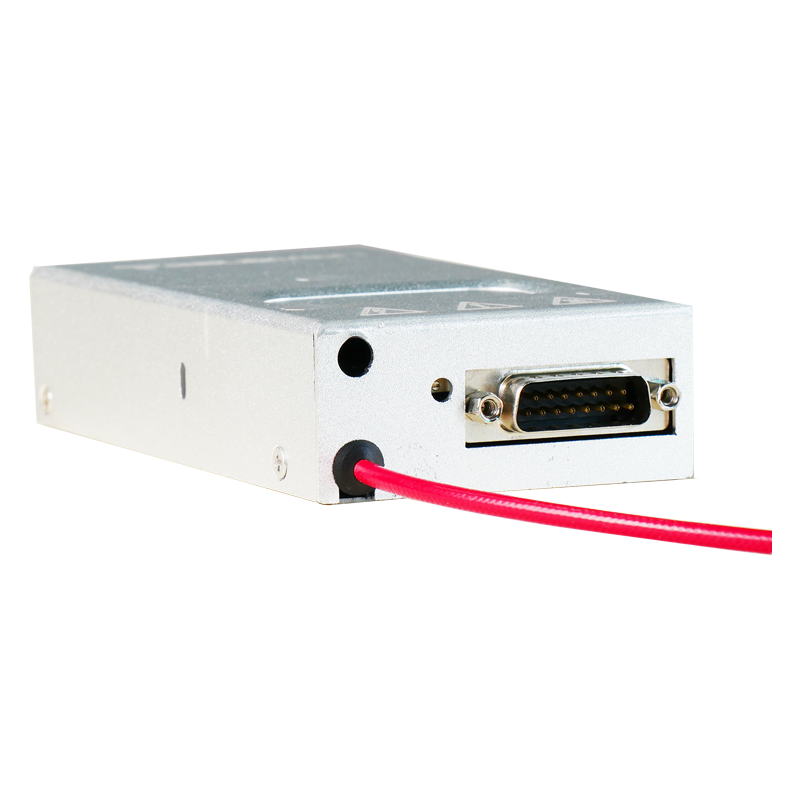Contrast Optimization Techniques for High-Voltage Power Supplies of Image Intensifiers
Image intensifiers are key components in night-vision devices, medical imaging (e.g., X-ray fluoroscopy), and industrial non-destructive testing. Their contrast, which reflects the ability to distinguish between light and dark regions in an image, is directly influenced by the accelerating voltage provided by the high-voltage power supply. Unstable accelerating voltage can cause electron beam deflection, leading to blurred images and reduced contrast (often below 30:1 in traditional systems).
Contrast optimization techniques for image intensifier HVPS include dynamic voltage adjustment, ripple suppression, and load adaptation. Dynamic voltage adjustment is based on input light intensity. A photodiode installed at the image intensifier input collects light intensity signals, and a Field-Programmable Gate Array (FPGA) adjusts the HVPS output voltage in real time: when light intensity is low (≤10⁻³ lux), the voltage is increased by 5-10% to enhance electron acceleration, improving contrast; when light intensity is high (≥10 lux), the voltage is reduced to avoid over-saturation. Ripple suppression is achieved through a multi-stage filtering circuit: a passive LC filter (cutoff frequency 1kHz) reduces low-frequency ripple, and an active filter (gain bandwidth product 10MHz) eliminates high-frequency ripple (10-100kHz), reducing total ripple to less than 0.05%. Load adaptation is implemented via a current feedback loop. The image intensifier's load resistance changes with the number of incident photons, and the feedback loop adjusts the HVPS output impedance to maintain stable voltage, ensuring contrast consistency across different image regions.
In a night-vision device test, the optimized HVPS increased image contrast from 28:1 to 52:1, and the number of distinguishable details in low-light environments increased by 65%.
